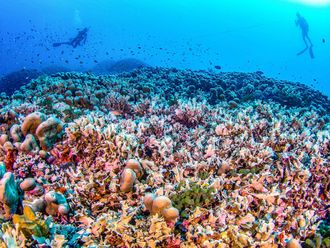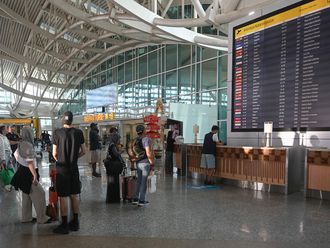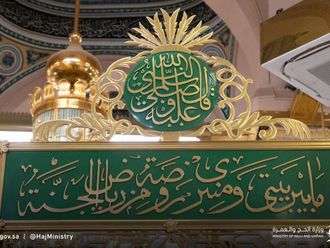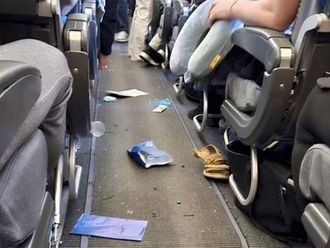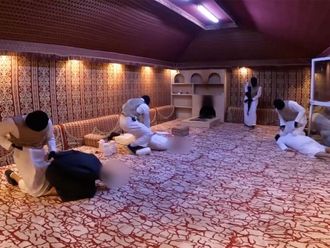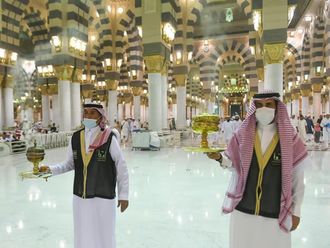
VDIN, Bulgaria: The leaders of Bulgaria and Romania symbolically walked over a much-delayed, EU-funded new bridge aimed at generating badly needed economic growth when it opens to cars and trains in 2013.
The bridge spanning the Danube was connected last week and is only the second such link along the two former communist countries’ 470-kilometre river border.
The 1,791-metre bridge cost 250 million euros ($324 million) to build and was partly funded with money from an EU aid programme that had to be spent by the end of 2012.
Once completed, it will have four lanes for cars, a rail section and passenger and bike lanes.
The bridge, first conceived during the 1990s Yugoslavia war and which has taken five and a half years to build, is particularly welcome in Bulgaria’s northwest.
The region is officially the poorest in the European Union and people pin their hopes on the new link to boost economic activity, travel and trade.
Lack of good adjacent infrastructure has however led experts to believe that it will take a long time before the link manages to attract much international traffic.
Bulgarian Prime Minister Boyko Borisov and Romanian counterpart Victor Ponta were also joined by European Regional Policy Commissioner Johannes Hahn at Wednesday’s ceremony at the bridge linking Vidin in Bulgaria and Calafat in Romania.
“We agreed with the builders (Spanish company FCC Construccion) to fully launch travel on the bridge next spring,” Borisov said, while Ponta expressed hope that he and Borisov will be the first to then cross in a car.
Meanwhile, the European Union will reduce development funds for Romania because it is judged too inefficient to use them properly, Prime Minister Ponta said.
Romania, the EU’s second-poorest member which joined in 2007, has struggled to use some 20 billion euros in development funds allocated by the bloc until 2013 - a quarter of it for transport - due to red tape and poor administration.
The EU money is designed to help emerging EU states to improve education and other projects, but Romania has used less than a tenth of its funds although the poor state of its infrastructure is stifling growth.
“We will receive official audit results which ... will not be encouraging,” Prime Minister Victor Ponta told reporters in the southwestern border town of Calafat, where he inspected works on a bridge built largely with EU funds.
“The solution will be for Romania to accept financial corrections.”
Poor rail and roads are among the chief complaints from foreign investors, who say decrepit transport cancels out Romania’s advantageous location at a trading crossroads and relatively low labour costs.
Works have been marred for years due to poor legislation, slow land expropriations and poor allocation of funds. The World Economic Forum ranks Romania third lowest out of 144 countries for road quality and 132nd for overall infrastructure.
Earlier this year, the EU suspended payments to Romania on several programmes pending the results of an audit. Ponta - who is favourite to win a December parliamentary election - said he did not know by how much Romania’s overall funding would be cut.
The project was first agreed in 2000 by then Prime Minister Mugur Isarescu - now central bank governor - and would have made a big difference at the time, when a Serb trade embargo was still in force and goods had to travel through Romania.
– Agencies



